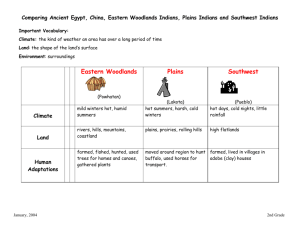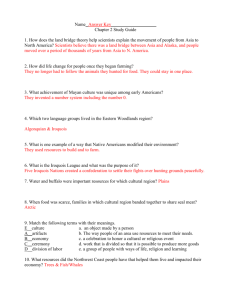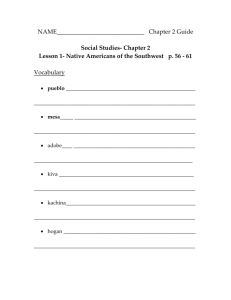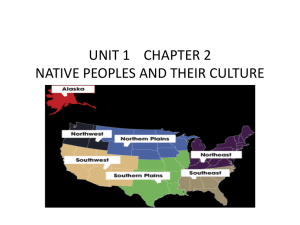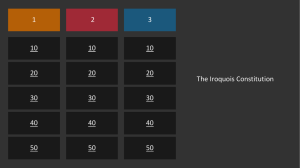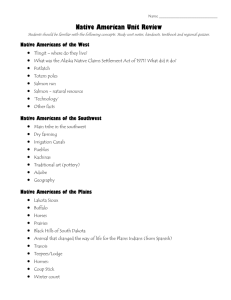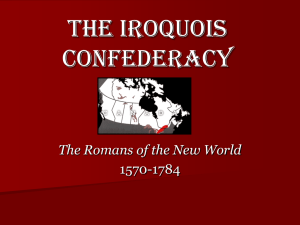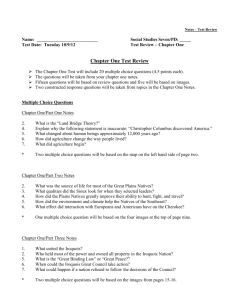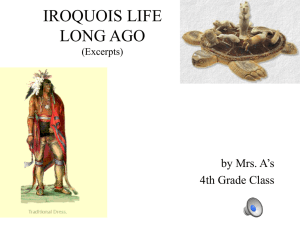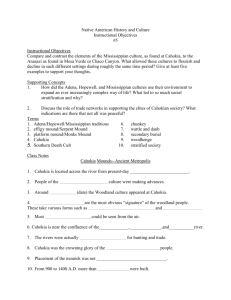Click Here for your AMNH sheet
advertisement
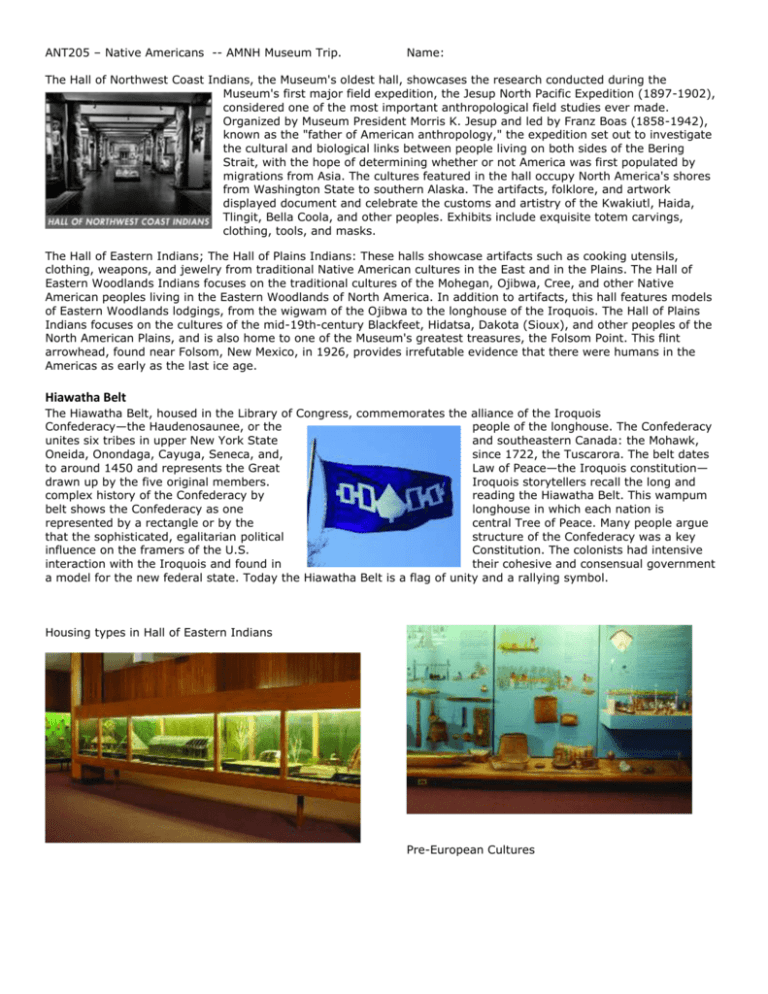
ANT205 – Native Americans -- AMNH Museum Trip. Name: The Hall of Northwest Coast Indians, the Museum's oldest hall, showcases the research conducted during the Museum's first major field expedition, the Jesup North Pacific Expedition (1897-1902), considered one of the most important anthropological field studies ever made. Organized by Museum President Morris K. Jesup and led by Franz Boas (1858-1942), known as the "father of American anthropology," the expedition set out to investigate the cultural and biological links between people living on both sides of the Bering Strait, with the hope of determining whether or not America was first populated by migrations from Asia. The cultures featured in the hall occupy North America's shores from Washington State to southern Alaska. The artifacts, folklore, and artwork displayed document and celebrate the customs and artistry of the Kwakiutl, Haida, Tlingit, Bella Coola, and other peoples. Exhibits include exquisite totem carvings, clothing, tools, and masks. The Hall of Eastern Indians; The Hall of Plains Indians: These halls showcase artifacts such as cooking utensils, clothing, weapons, and jewelry from traditional Native American cultures in the East and in the Plains. The Hall of Eastern Woodlands Indians focuses on the traditional cultures of the Mohegan, Ojibwa, Cree, and other Native American peoples living in the Eastern Woodlands of North America. In addition to artifacts, this hall features models of Eastern Woodlands lodgings, from the wigwam of the Ojibwa to the longhouse of the Iroquois. The Hall of Plains Indians focuses on the cultures of the mid-19th-century Blackfeet, Hidatsa, Dakota (Sioux), and other peoples of the North American Plains, and is also home to one of the Museum's greatest treasures, the Folsom Point. This flint arrowhead, found near Folsom, New Mexico, in 1926, provides irrefutable evidence that there were humans in the Americas as early as the last ice age. Hiawatha Belt The Hiawatha Belt, housed in the Library of Congress, commemorates the alliance of the Iroquois Confederacy—the Haudenosaunee, or the people of the longhouse. The Confederacy unites six tribes in upper New York State and southeastern Canada: the Mohawk, Oneida, Onondaga, Cayuga, Seneca, and, since 1722, the Tuscarora. The belt dates to around 1450 and represents the Great Law of Peace—the Iroquois constitution— drawn up by the five original members. Iroquois storytellers recall the long and complex history of the Confederacy by reading the Hiawatha Belt. This wampum belt shows the Confederacy as one longhouse in which each nation is represented by a rectangle or by the central Tree of Peace. Many people argue that the sophisticated, egalitarian political structure of the Confederacy was a key influence on the framers of the U.S. Constitution. The colonists had intensive interaction with the Iroquois and found in their cohesive and consensual government a model for the new federal state. Today the Hiawatha Belt is a flag of unity and a rallying symbol. Housing types in Hall of Eastern Indians Pre-European Cultures

